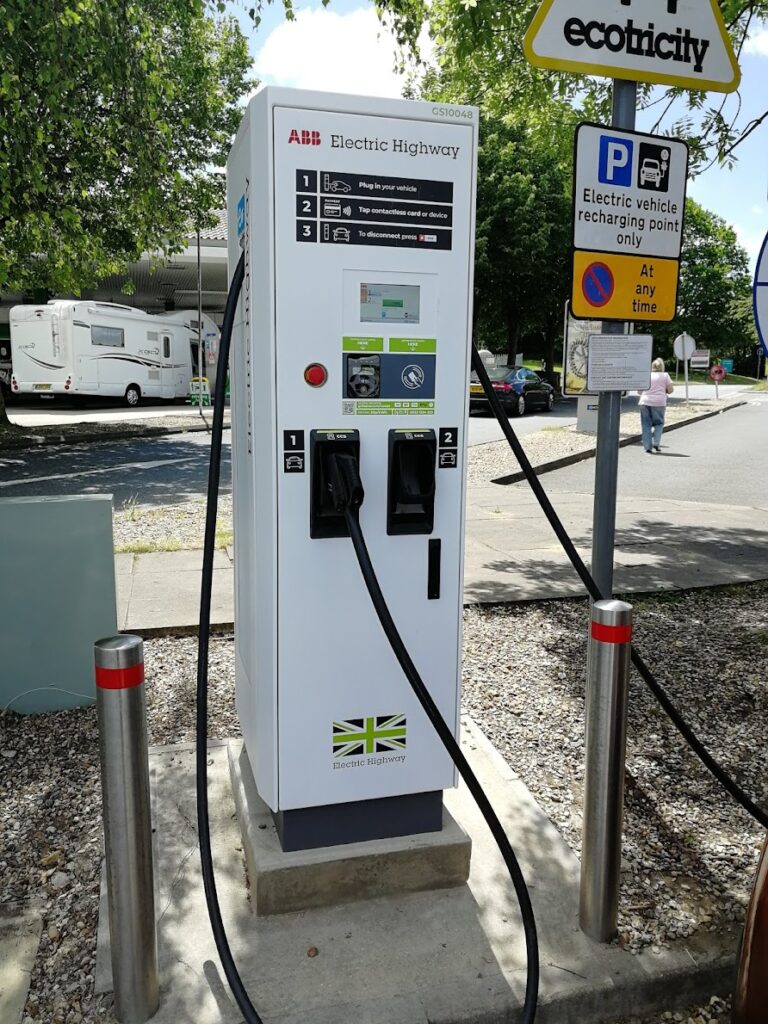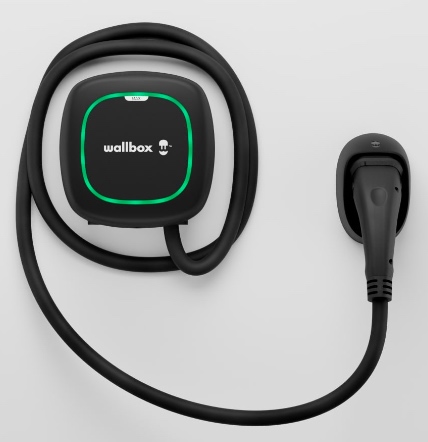If you’re looking to get an electric vehicle, and wondering what these terms mean, read on for our quick explainer.
We live our lives using electricity in two formats – alternating current (AC), and direct current (DC).
AC is used in our homes and buildings, and arrives at the property in that format from the local electricity grid. When you boil a kettle, make toast or switch on a lamp, you’re drawing AC through the plug to power that device.
DC is what typically comes from a battery in a laptop, mobile phone or torch.
You can convert AC to DC, and vice versa, using a device often called a transformer or an inverter. If your laptop has a black box in the middle of its mains flex, that will be a unit that converts AC to DC, to charge your laptop battery.
How does this relate to an electric car?
Charging with DC

Electric vehicle batteries hold, and deliver DC. So if you want to fill up a battery quickly and easily, you need to provide it with a supply of DC electricity. So a DC charger will always be faster – depending on the car, it can accept DC at 50kw as a minimum, up to 300kw for some of the newer, higher performance cars.
But there’s a problem. Our grid runs on AC, so any charging equipment will need to convert AC to DC – doing that at speed makes for an expensive charger.
Charging with AC

With our grid providing AC, making it readily available in every building, why not fill an EV up with AC electricity? That’s fine, but the vehicle needs to convert it on-board, to DC. Vehicle manufacturers will include an inverter in the vehicle to convert one to the other, but again the issue is cost, and size. Most cars today have the capacity to draw AC at 7kw, some at 11kw, and a few at 22kw.
Which charger is best to fit?
For most home and workplace charging, a 7kw AC charger will be just what you need. It matches well with the building’s electrical supply, and will fill up a typical car or van in 6-8 hours. Some workplace buildings with three phase electricity can support a 22kw charger, which will charge vehicles up to 3 times faster.
If you have a larger building, with a three phase electrical supply, then a DC charger can be fitted. The additional investment may be sensible if, for example, you have a fleet of vehicles that need charging, have a van that needs to refill over a lunch break, or have staff who travel high mileages and only stop at your premises for a short visit.
Whether you are looking for a workplace charger, or a home charger for an electric car, we can help – get in touch and fill in our contact form today. Alternatively, get your questions answered on our FAQ page.


